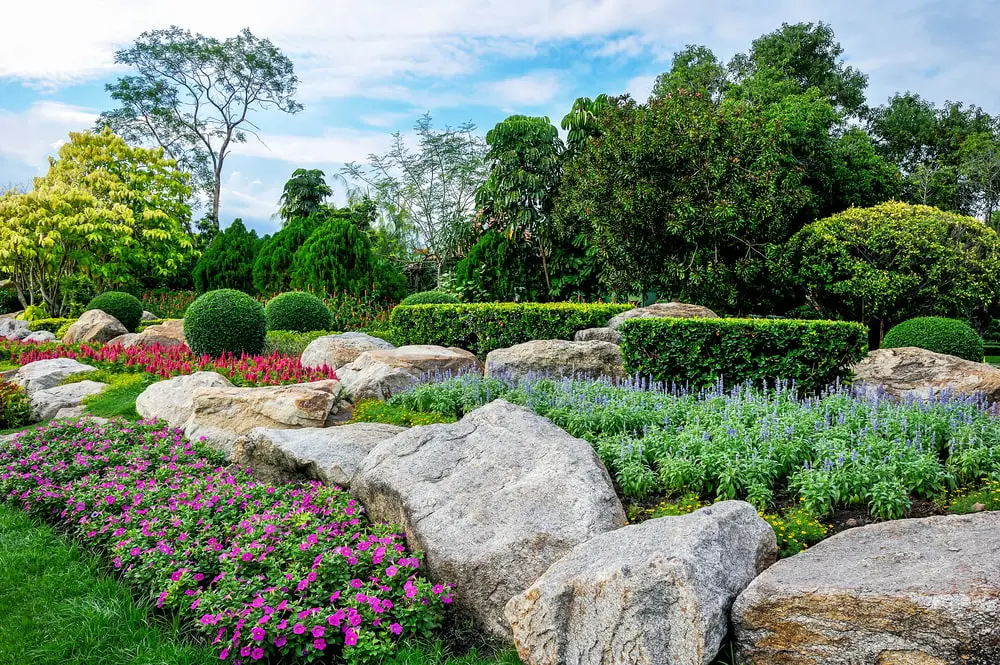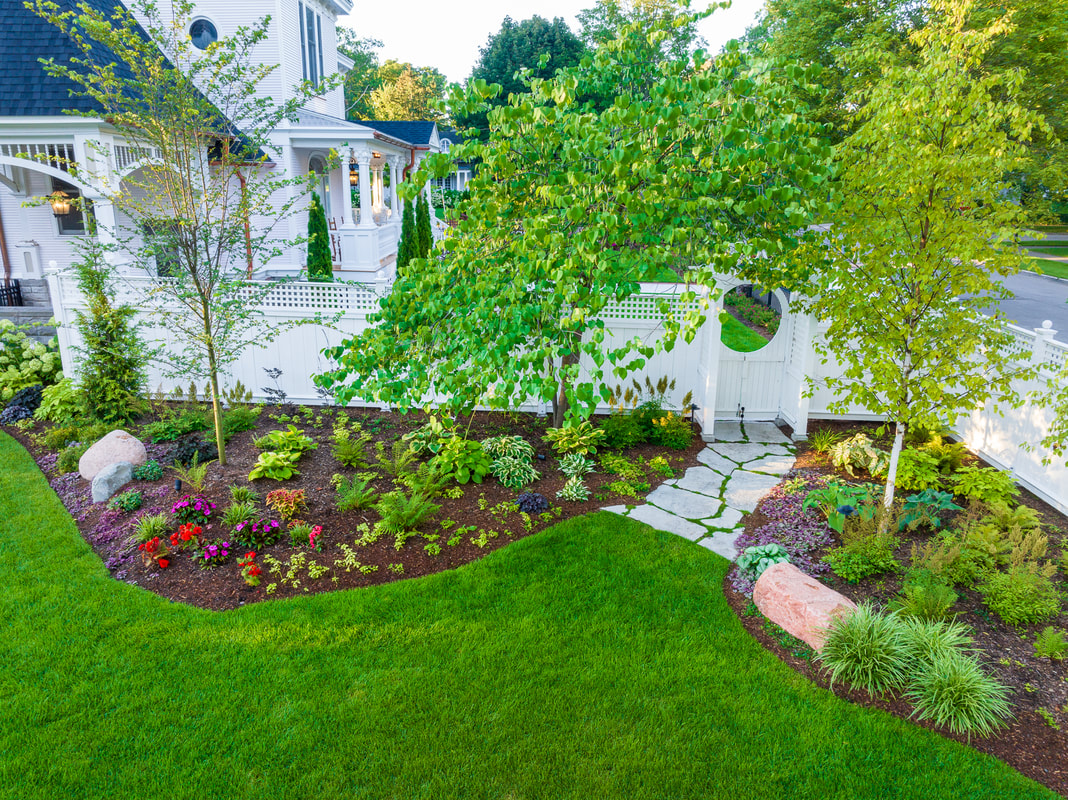Hilton Head Landscapes Fundamentals Explained
Table of ContentsAn Unbiased View of Hilton Head LandscapesHilton Head Landscapes for DummiesA Biased View of Hilton Head LandscapesExcitement About Hilton Head LandscapesWhat Does Hilton Head Landscapes Mean?5 Easy Facts About Hilton Head Landscapes ShownAn Unbiased View of Hilton Head Landscapes
Line develops all types and patterns and can be used in a selection of methods in the landscape. Line in the landscape is developed by the side between 2 materials, the outline or shape of a form, or a long direct attribute. Lines are a powerful device for the designer due to the fact that they can be used to create an unlimited range of forms and kinds, and they regulate activity of the eye and the body.

Lines in the landscape. The properties of lines figure out exactly how individuals react to the landscape, both mentally and literally.
The Facts About Hilton Head Landscapes Uncovered
Straight lines are frequently found in hardscape edges and material. Curved lines create a casual, natural, unwinded personality that is linked extra with nature and unbalanced equilibrium. Bent lines relocate the eye at a slower speed and add enigma to the room by producing covert sights. Vertical lines move the eye up, making a space feel larger.
Vertical lines in the landscape include tall, narrow plant material, such as trees, or high frameworks, such as an arbor or a bird home on a pole. Horizontal lines move the eye along the ground plane and can make an area feel bigger. Reduced lines are much more restrained and produce a feeling of remainder or repose.
The Only Guide for Hilton Head Landscapes
Low lines are developed by low garden walls, walkways, and short bushes. Lines are utilized to draw kinds on a strategy. In plan sight, they specify plant beds and hardscape areas. Lines are additionally created by the upright forms of developed attributes and plant material. There are three key line types that produce form in the landscape: bedlines, hardscape lines, and plant lines.
Bedlines link plant product to your house and hardscape due to the fact that the eye complies with the line, relocating the look via the landscape. Hardscape lines are created by the edge of the hardscape, which marks the built framework. Line can likewise be produced by lengthy and slim products, such as a fencing or wall.
How Hilton Head Landscapes can Save You Time, Stress, and Money.
Form is found in both hardscape and plants, and it is normally the leading visual aspect that spatially organizes the landscape and frequently figures out the design of the garden. The kind of structures, plant beds, and yard ornaments likewise establishes the total kind motif of the yard. Formal, geometric types include circles, squares, and polygons.
Plants create kind in the yard click over here with their describes or silhouettes, but form can likewise be specified by a void or unfavorable area in between plants - bluffton landscaping (https://www.4shared.com/u/jPjMNmnZ/stevenagonzales.html). Circles can be complete circles, or they can be separated right into half circles or circle segments and incorporated with lines to produce arcs and tangents
The Hilton Head Landscapes Diaries
Circles are a strong style kind because the eye is constantly drawn to the facility, which can be made use of to emphasize a focal point or attach other forms. Circular kinds in hardscape and grass panels.
The square form can likewise be fractional and used repetitively to create a grid pattern. Unlike circles, squares are stronger on the brink, which can be aligned or overlapped to create distinct patterns and even more complex types. Polygons are many-sided kinds with straight edges. Triangles, as an example, are three-sided polygons.
Twisting lines frequently simulate the all-natural training course of rivers or streams and can be defined as smooth lines with deeply bent undulations. Meandering lines (Figure 3) function well for paths, plant bedlines, and completely dry stream beds. Meandering lines can include passion and secret to a garden by leading audiences around corners to discover new views and spaces.
5 Simple Techniques For Hilton Head Landscapes

Figure 5. Fragmented edges: tipping rocks in pathway. Form is one of the most long-lasting top quality of a plant (landscape design hilton head). https://dzone.com/users/5166843/h1tnhdlndscps.html. Typical plant types are well established and standard, as type is one of the most regular and recognizable attribute of plants. Form can also be developed through the massing of plants, where the overall mass develops a various form than an individual plant.
A very different type needs to be used with careone or 2 work well as a centerpiece, but also several wreak havoc. Natural plant forms, instead of over-trimmed kinds, ought to develop the bulk of the structure. The relevance of general type is more or much less depending on the checking out perspectivethe form of a tree can appear rather different to a person standing under the cover versus seeing the tree from a range in an open field.
The 2-Minute Rule for Hilton Head Landscapes
Plant forms also create and define deep space or open rooms between the plants, creating either convex or concave forms in deep spaces. High-arching tree branches commonly produce a concave open area under the branches, and a rounded canopy with reduced branches loads the area to develop a convex form outdoors room under the tree.
